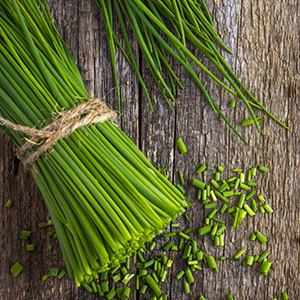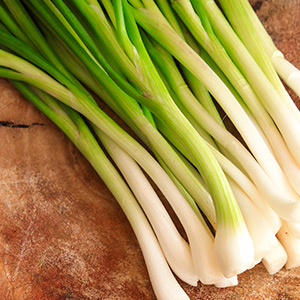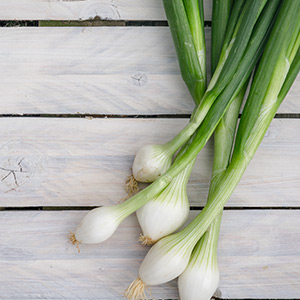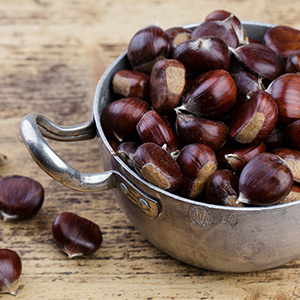My cart ( product)
For a limited time only: Add the promo code FASTDELIVERY and enjoy FREE same-day* delivery on your order of 50$ or more!
*2-hour or less Express Delivery is not eligible for this offer.
*2-hour or less Express Delivery is not eligible for this offer.

savings just for Moi!Enroll in
the program.
Enhance your shopping exprience by selecting a store to shop available products and current prices.
Have a question? Visit our
Help Center.For a better browsing experience, this site has been optimized for Chrome on your device.
*2-hour or less Express Delivery is not eligible for this offer.
The product you've selected is unavailable at your chosen store it could not be added to your Cart.
It will be used to make checkout faster in the future! You can modify it at any time.
Your shopping preferences have been saved! They will be used to make checkout faster in the future! You can modify them at any time.
Delivery
nullnull, null, null
You can modify these options at any time in the “Fast Checkout” section of your account.
You can modify these options at any time in the "Quick order" section of your account.

Bulb vegetables, such as garlic, onion and leek, are aromatic vegetables that are used to flavour casseroles, broths, courts-bouillons and soups. They get their name because it’s not the leaves of the vegetables that are eaten, but the bulbs.
Some bulb vegetables are also known for their cancer- preventing and immune-boosting properties, as well as having other medicinal virtues. These wondrous vegetables not only turn simple dishes into flavourful meals, but can help improve health. Here are some popular varieties to enjoy more of.
Although it is considered an herb, chives are actually the smallest vegetable in the onion family. Chives have a very mild and delicate taste and aroma.
Whether in the wild or cultivated, chives grow very easily. The long, hollow green leaves are filiform and grow in clusters, reaching up to 20 centimetres in height. Each leaf stems from a bulb just below the ground and any uncut leaves will eventually bloom into small pink, white or purple flowers.
Chives are available year-round in the produce section.
Chives are very low in calories and, like other allium species, have been linked to the prevention of certain cancers. They are also a good source of vitamins A and C.
Chives will keep for a few days in the fridge and can be frozen without blanching.

Did you know that elephant garlic is not really garlic but rather a distant cousin of the leek? In fact, elephant garlic can be often referred to as summer leek, hard stem garlic, Oriental garlic, as well as horse garlic.

Elephant garlic is truly a giant! In ideal planting conditions, its bulb can grow to almost 500 grams. Each bulb is made of four to six cloves that are practically the size of a traditional garlic bulb, although there are smaller varieties of elephant garlic.
Its flavour is midway between leek and traditional garlic, though milder in taste than the latter. Elephant garlic is ideally eaten raw.
Elephant garlic is available year-round in the produce section.
Elephant garlic is a source of manganese, phosphorus, iron, copper and vitamins B6 and C.
Garlic should be stored in a dark, cool, airy and dry location, away from other foods.
This slightly sweeter onion and has several different varieties and is integral to French cuisine.
The shallot is made of a cluster of two or three cloves, similar to garlic and much the same size. It is more fragrant and has a more subtle flavour than the onion. The skin of the shallot is orange-brown and the colour of its flesh varies from white to purple white.
Shallots are available year-round in the produce section.
A good source of vitamins A and B6, shallots are known to lower cholesterol, blood pressure and help with digestion. Like other onions, they have anti-fungal and anti-bacterial — some even use it topically to soothe burns and insect bites!
Shallots can be stored for up to one month in a dark, dry and cool area.

The leek has a subtle, refined taste that’s milder and sweeter than the onion.

The white part of the leek that grows under the earth is the most valued and often, the most consumed; only a small amount of it is needed to flavour dishes without masking the taste of other ingredients. The green leaves are ideal to use in soups, broths and simmered casseroles. The leek is harvested when the white part measures about ten centimetres.
Leeks are available year-round in the produce section.
The leek is a good source of potassium, iron, vitamin C and B6, magnesium, copper and calcium. It is known to clear the digestive system.
Leeks can be stored for two weeks in the refrigerator.
Cultivated for over 5,000 years, the onion is one of the oldest and most used vegetables in the world.
The dry onion is a vegetable composed of successive concentric layers of leaves. There are many different varieties of dry onions: yellow onions have a smooth sweet taste; white onions are mildest; and red onions are both mild and sweet. There are also small white onions and pearl onions, which can be white, brown or red. These are used to make marinades or cooked and served as a condiment or accompaniment.
Although the phenomenon differs depending on the variety of onion and the chef's sensitivity, here are few techniques that might help reduce watery eyes.
Different varieties of onions are available year-round in the produce section.
The onion contains potassium, vitamins C and B6 and folic acid. It’s a natural diuretic, stimulant and expectorant.
The onion can be stored for up to two months in a cool, dark and dry area.

In Canada, spring onion can also be called scallions or green onion.

The spring onion is an aromatic plant that has been cultivated in China for over 2,000 years. The spring onion does not have a bulb but its base has more volume. The lower white part is fleshier than the chive and its long green narrow and hollow leaves can reach up to 50 centimetres. The spring onion has a slightly spicy taste, somewhere between the chive and dry onion.
Spring onions are available year-round in the produce section.
The spring onion is a good source of vitamins A and C, potassium, iron, folic acid, zinc and phosphorus.
The spring onion can be stored for several days in the refrigerator and can easily be frozen without whitening.
The water chestnut is a bulb vegetable that has thin brown skin and a crunchy, juicy, sweet and fragrant white flesh. It holds an important place in Asian cuisines.
The water chestnut grows in deep waters and, like rice, requires a lot of water to grow. This is why it is often cultivated in paddy fields. It has a delicate taste and a crunchy texture that makes it ideal in stir-fried and sautéed vegetable dishes, or served raw in salads. In North America, water chestnuts are mostly sold canned.
Canned water chestnuts are available year-round.
The raw water chestnut is an excellent source of potassium, riboflavin, magnesium and phosphorus.
Peeled water chestnuts can be stored for two to three days in the refrigerator. Unpeeled water chestnuts placed in a container of water can be stored for up to two weeks in the refrigerator. To freeze, first peel, wash and coat with lemon juice; they will keep for up to six months in the freezer.

Sorry, our online services are not available for this postal code. Please try another postal code or visit us in store.
Sorry, we encountered a problem.
Please try again later.
Are you sure you want to empty your cart?